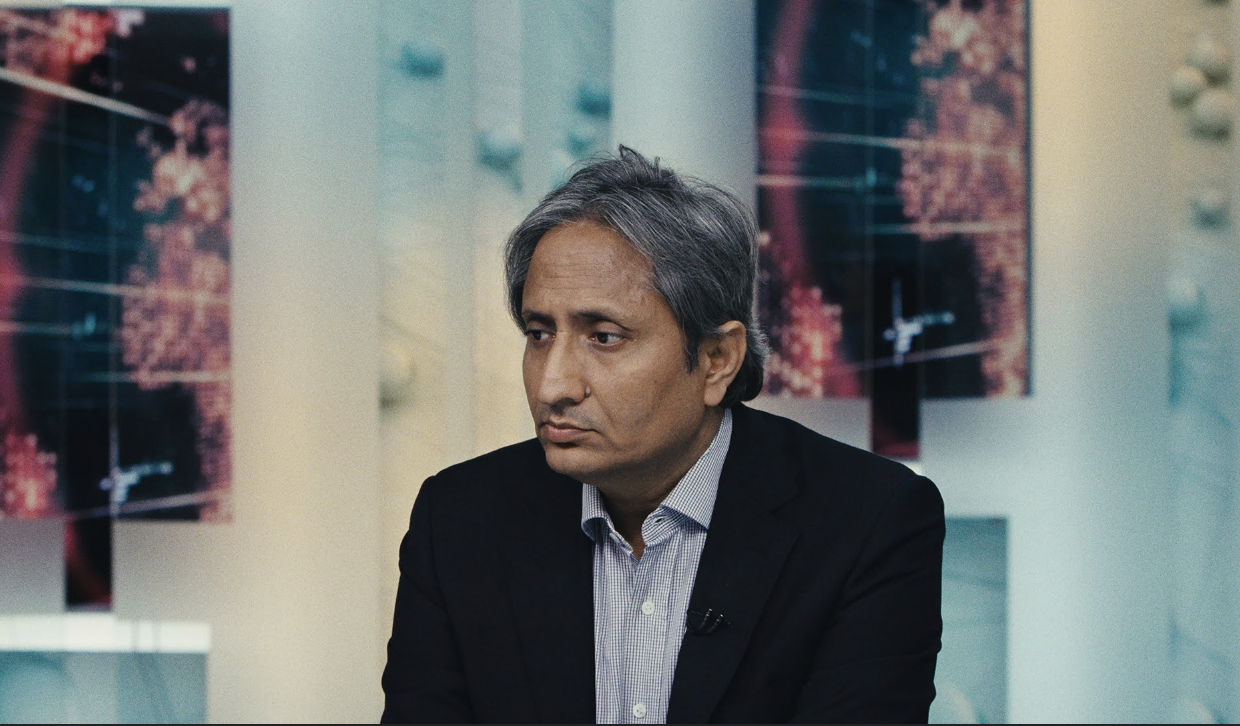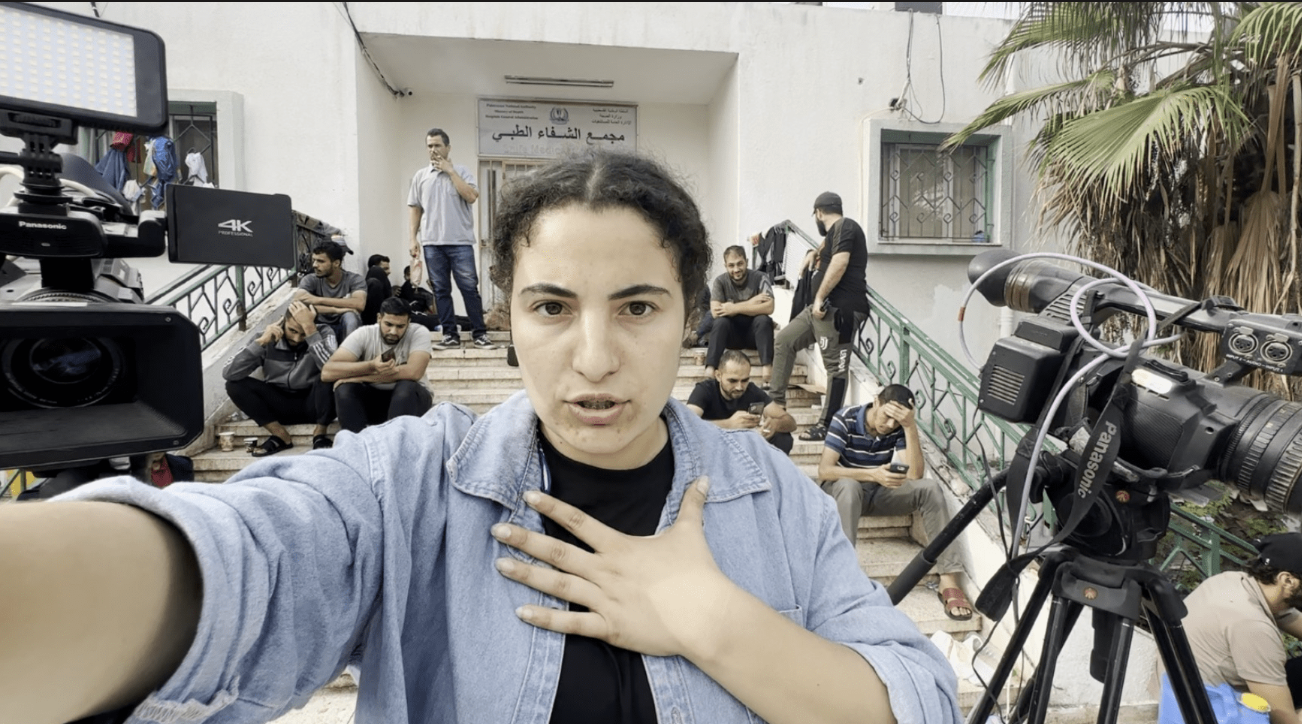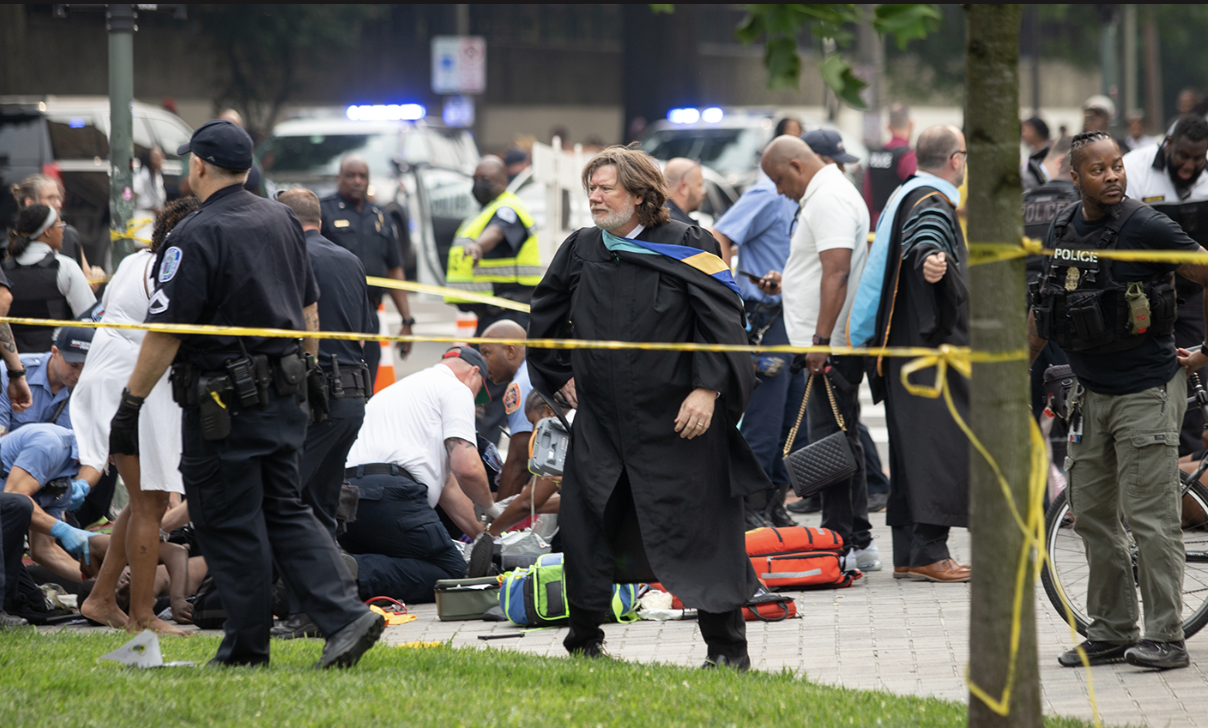
🏆 Recognizing #StoriesThatMatter. Never miss a newsletter! Sign up and have #PeabodyFinds delivered to your inbox.
Journalism has been under public attack in recent years, and is likely to be even more so with the election of Donald Trump to a second term in the White House. But journalists continue to put themselves at risk to uncover the truth, the kind of work the Peabody Awards were created to honor. Recent Peabody winners by and about journalists who put themselves on the line show the lengths reporters are willing to go to show us the ravages of war, document the devastating effects of gun violence in schools, and keep media honest in repressive regimes. Here are a few of the most impressive.

As Russian forces attacked the Ukrainian city of Mariupol, a team of Associated Press journalists trapped in the city continued to document the destruction, anguish, and carnage of the war, resulting in this documentary film for Frontline. Their efforts brought the images of dying children, a bombed-out maternity hospital, and mass graves to an international audience. Director Mstyslav Chernov, a Ukrainian reporter who has covered international conflicts for a decade, combines his daily news dispatches, personal footage, and the work of his team to provide an unforgettable, on-the-ground look at what Mariupol was like at this critical time in the ongoing war.
Where to Watch: PBS.org

Citizen journalist and Palestinian activist Bisan Owda‘s work documenting life in war ravaged Gaza as her family seeks shelter in a terrain under siege reached an international audience online and through outlets such as ABC, CBS, and the BBC. Her work with AJ+ in the early stages of the war won a Peabody and racked up 40 million views (not to mention her massive social media following), showing people across the world what life was like on the frontlines and always underlining the dire situation with her signature greeting line: “It’s Bisan from Gaza, and I’m still alive.” Whatever point one wishes to argue about the ideologically fraught landscape of this war, one thing is clear: the role of witnessing has never been more powerful than that produced in the social media age.
Where to Watch: AJ+ on YouTube

The three Washington Post reporters embedded at a Virginia high school for the publication’s podcast to report on how schools are trying to stop gun violence didn’t necessarily know that they were putting themselves in danger. They were, after all, there to witness the programs aimed at healing grief from previous shootings and preventing future deaths. But they ended up on site when one student was shot and killed behind the baseball fields, and at a graduation ceremony that ended in more gunfire. The result is a three-part podcast series that stands as stark evidence of how dangerous it is to be a young person in America today.
Where to Listen: WashingtonPost.com

Co-presented with the Center for Asian American Media, the documentary While We Watched follows NDTV India journalist Ravish Kumar as he tries to remain a singular voice of fact and reason amid rising misinformation and a shrinking media landscape that responds to dwindling ratings with escalating sensationalism. While the film highlights a disintegrating Indian media, Kumar’s story serves as a cautionary tale to a U.S. media environment facing many of the same challenges.
Where to Watch: PBS.org
